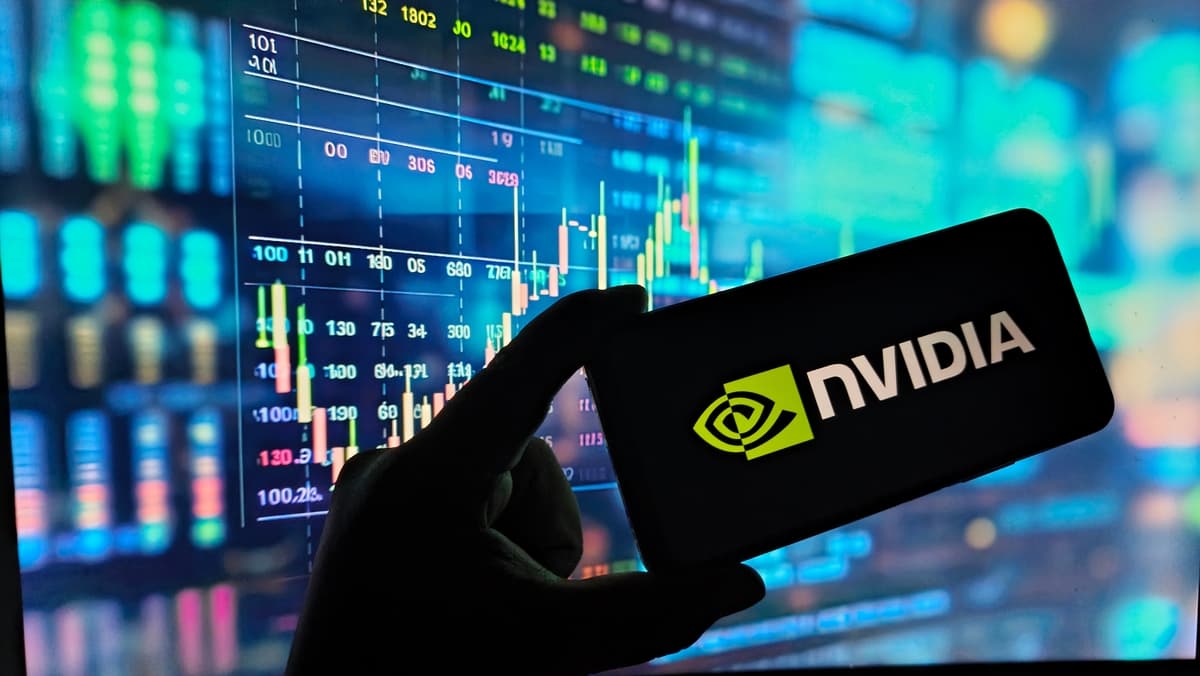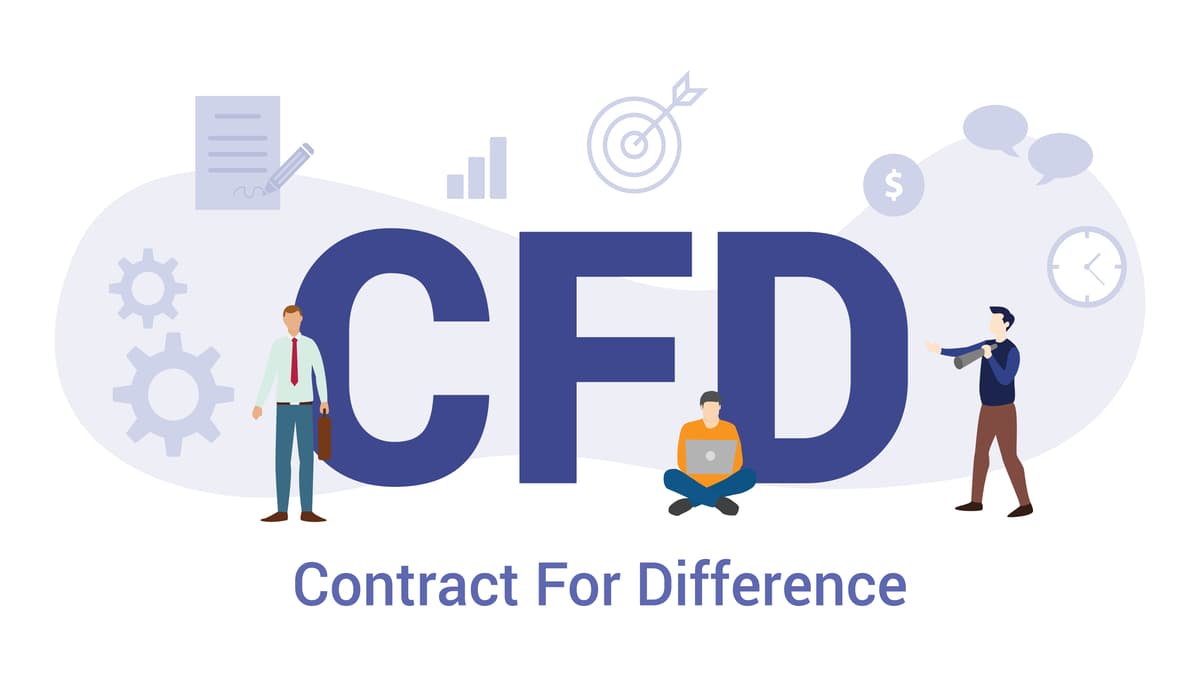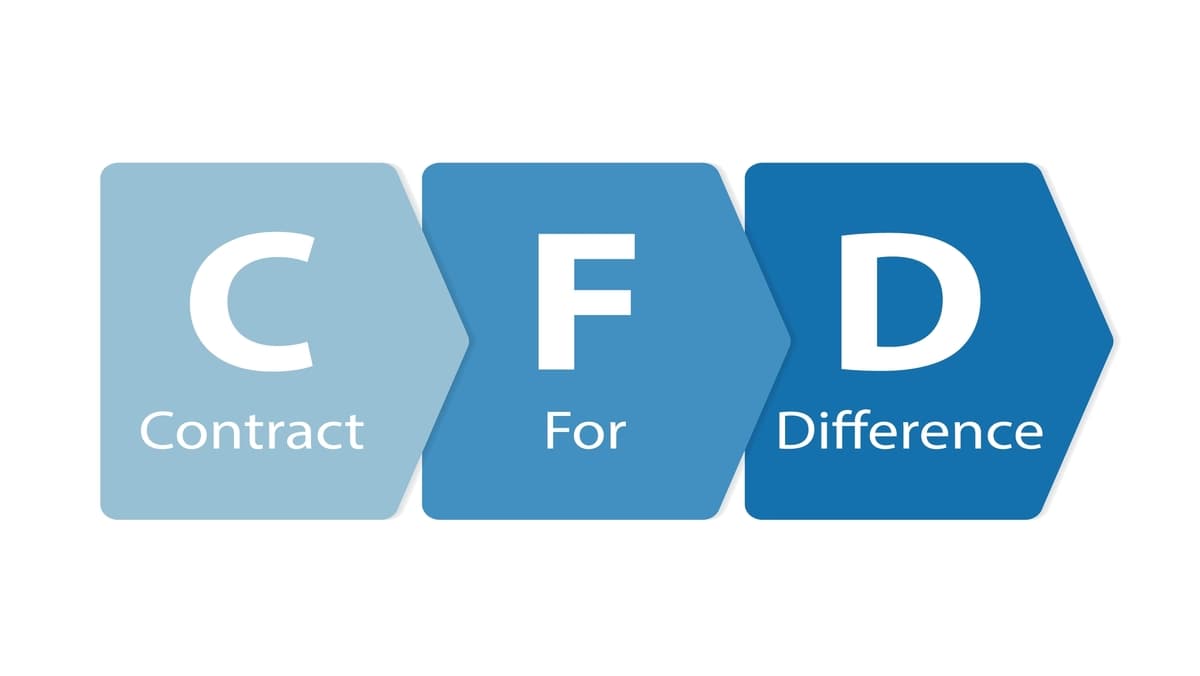Factors
Underlying Index Performance: The price of IN-FF1.TA closely tracks the performance of its underlying index. Positive index movements generally increase the ETF price, while negative movements decrease it.
Supply and Demand: Market forces of supply and demand significantly impact the ETF price. Higher demand pushes the price up, while increased selling pressure lowers it.
Net Asset Value (NAV): The NAV, reflecting the total value of the ETF's holdings minus liabilities, acts as a benchmark. Deviations between the ETF price and NAV create arbitrage opportunities that traders exploit, keeping them aligned.
Expense Ratio: The ETF's expense ratio, representing the annual cost of managing the fund, indirectly affects price. Higher expenses can slightly reduce returns over time, potentially impacting investor perception and demand.
Market Sentiment: Overall investor confidence and risk appetite can sway the ETF's price. Positive market sentiment tends to increase demand and price, while fear or uncertainty can lead to selling and price declines.
Currency Fluctuations: As the ETF may invest in international assets, currency exchange rates between the local currency and the currencies of the underlying assets can influence its price.
Interest Rates: Changes in interest rates can influence investor preferences and asset allocations, indirectly affecting the ETF's demand and price. Rising rates might make fixed-income investments more attractive, potentially reducing demand for equity-based ETFs like IN-FF1.TA.
Liquidity: The ETF's trading volume and liquidity influence price stability. Higher liquidity generally results in tighter bid-ask spreads and smoother price movements, while lower liquidity can lead to wider spreads and more volatile price swings.
Geopolitical Events: Global political events, economic announcements, and regulatory changes can create uncertainty and impact investor sentiment, influencing the ETF's price.
Company-Specific News: News and events relating to the companies within the ETF's underlying index directly impact its price. Positive company news generally increases the price, while negative news decreases it.
Sector Performance: The performance of the specific sector that the underlying index represents can significantly influence the ETF's price. A booming sector usually leads to an increase, while a declining sector usually leads to a decrease.
Inflation: Rising inflation can erode purchasing power and impact corporate profitability, potentially leading to negative market sentiment and downward pressure on the ETF's price.
Economic Growth: Strong economic growth generally translates to higher corporate earnings and positive investor sentiment, which can increase demand for the ETF and drive its price higher.
Dividend Yield: The dividend yield offered by the ETF can influence its attractiveness to income-seeking investors. A higher dividend yield can increase demand and support the ETF's price.
Regulatory Changes: Government regulations and policy changes that affect the underlying companies or the investment market in general can impact the ETF's price.
Fund Flows: Large inflows of investment into the ETF can increase demand and push the price higher, while significant outflows can create selling pressure and lower the price.
Tax Implications: Tax laws and regulations can influence investor behavior and impact the ETF's demand and price. Changes in capital gains tax rates or dividend tax rates can affect investor sentiment.
Global Events: Unexpected global events such as pandemics, natural disasters, or political crises can create uncertainty and volatility in the market, affecting the ETF's price.
Commodity Prices: For ETFs that invest in companies related to commodities, changes in commodity prices can directly impact the ETF's price.
Technological Advancements: Technological breakthroughs and innovations in the underlying sector can impact investor sentiment and drive demand for the ETF, influencing its price.
Competition: The presence of competing ETFs with similar investment strategies can affect market share and investor demand, potentially impacting the price of IN-FF1.TA.
Management Expertise: The expertise and track record of the ETF's management team can influence investor confidence and impact demand for the ETF, potentially affecting its price.
Fund Size: The size of the ETF can affect its liquidity and trading efficiency. Larger ETFs tend to have higher liquidity and tighter bid-ask spreads, which can contribute to price stability.
Trading Hours: Differences in trading hours between the ETF's exchange and the markets where its underlying assets are traded can create price discrepancies and influence the ETF's price.
Derivatives Usage: The use of derivatives, such as futures or options, by the ETF's management can influence the ETF's risk profile and impact its price.
Black Swan Events: Rare and unpredictable events with significant market impact can drastically affect investor sentiment and lead to substantial price fluctuations in the ETF.
Index Rebalancing: Periodic rebalancing of the underlying index can trigger buying or selling activity by the ETF, which can temporarily affect its price.
Trading Costs: Transaction costs associated with buying and selling the ETF, such as brokerage commissions and bid-ask spreads, can influence investor returns and impact demand for the ETF.
ESG Factors: Environmental, Social, and Governance (ESG) considerations are increasingly important to investors. Companies within the index which score highly on these measures might attract more investment and thus impact the ETF positively.
Short Interest: High short interest may indicate negative sentiment from some investors, potentially putting downward pressure on the ETF’s price.
Dividend Reinvestment: How dividends are handled - whether reinvested automatically or paid out - may influence investor choice and potentially the ETF's overall price trajectory.
Foreign Exchange Reserves: Government's Foreign Exchange Reserves can influence exchange rates which can directly impact the price.
Benchmark tracking error: The tracking error indicates how closely an ETF follows its benchmark index. Higher the tracking error, the less the ETF follows the index, and therefore the less the price will move in line with it.
Regulatory Risk: Any regulatory changes in the country where the ETF is domiciled or where the underlying companies are operating can have a significant impact on the price.
Natural Disasters: Natural disasters that affect key industries of the companies held within the ETF, can have a direct impact on price.
Innovation: If new technologies or innovations are introduced in companies within the ETF, then it can have a positive effect on investor sentiment and price.
Debt Levels of Companies: The debt levels and financial health of the companies held within the ETF have an impact. High debt can signal a lack of financial security and may lead to poor investor sentiment and decrease the price.
Labor Market Conditions: Labor market conditions such as unemployment rate, wage growth and job creation can affect the underlying companies' profits and the ETF.
Consumer Spending: Consumer spending habits greatly affect the price, if the spending increases then it can lead to a positive effect.
Commodity Price Volatility: High volatility in the price of commodities linked to the ETF can significantly affect its price, creating uncertainty for investors.
Bond Yields: If bond yields increase, it can attract investors away from the ETF.









